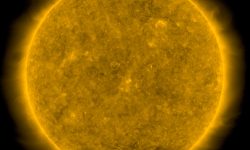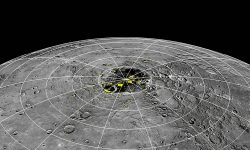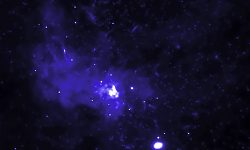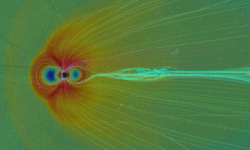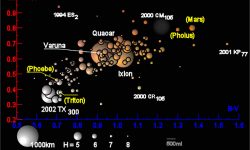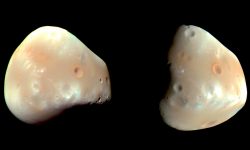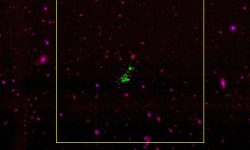Positron Lightning

March 24, 2020 Electrons and positrons are formed in lightning bolts. Lightning is a plasma that creates powerful electromagnetic pulses across a wide range of frequencies. Thunderheads may be several thousand cubic kilometers in extent, yet all of that stored electrical energy travels down a discharge channel no wider than…





